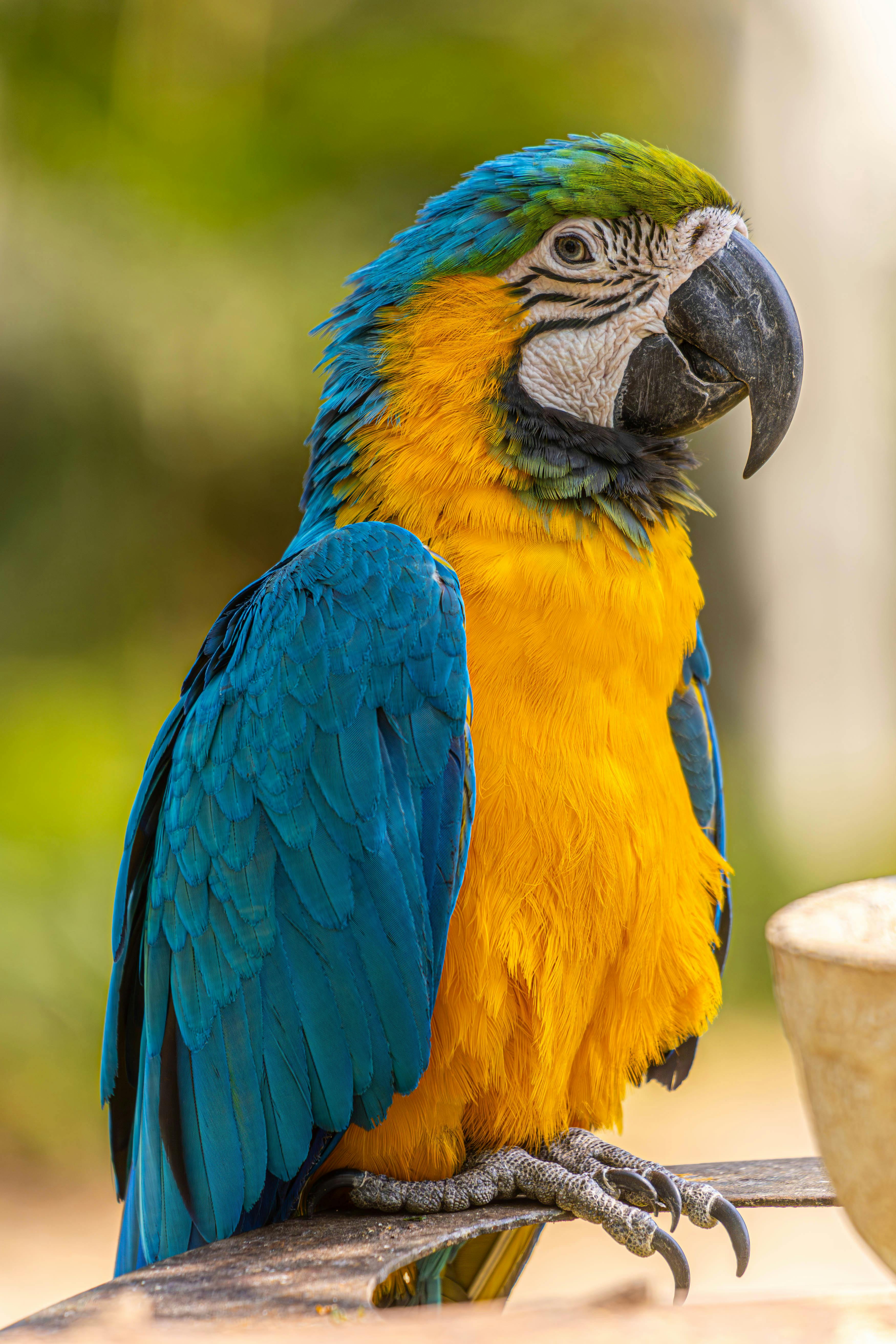
Smart Ways to Optimize Your Small Saltwater Tank in 2025
As the popularity of saltwater aquariums continues to rise, optimizing a small saltwater tank, or nano saltwater aquarium, has become a priority for both novice and experienced aquarists. Small marine tanks offer the beauty of marine life and corals, while requiring less space and resources compared to larger setups. In 2025, the advancements in saltwater tank equipment and technology have made it easier than ever to maintain a thriving saltwater reef tank.
This article will explore essential strategies to effectively optimize your small saltwater tank. From the best practices in saltwater tank maintenance to coral frag setups and marine fish care, we will cover everything you need to know to create a vibrant ecosystem. We will also dive into the importance of proper equipment and regular water quality assessments, ensuring you have all the tools for success.
Key takeaways include understanding the ideal parameters for a saltwater tank, how to select the best saltwater fish, and methods for effective saltwater aquarium filtration. Whether you're starting a beginner saltwater tank or looking to enhance an existing setup, these insights will help you achieve the optimal balance in your small marine aquarium.
Establishing the Ideal Environment for Your Small Saltwater Tank
Creating a suitable environment is crucial when optimizing a small saltwater tank. Start by selecting the right tank size, typically between 10 to 30 gallons for nano reef aquariums. Ensure proper lighting with LED lights designed for saltwater tanks; they are energy-efficient and promote coral growth. Furthermore, balance salinity and water temperature to create a stable habitat, ideally maintaining temperatures around 76-82°F.
Understanding Salinity in Saltwater Aquariums
Salinity is a critical factor in any saltwater aquarium setup. The ideal salinity level for most marine fish and corals is between 1.020 and 1.025 specific gravity. Regular testing is essential to maintain this balance. Utilize reliable saltwater tank test kits to measure salinity and make adjustments as needed. This consistency helps in keeping fish healthy and reducing stress for all aquatic inhabitants.
Integrating Live Rock and Live Sand
Live rock and live sand play a vital role in a saltwater tank's ecosystem. They provide natural filtration, habitat for beneficial bacteria, and surfaces for coral growth. When selecting live rock for your small tanks, consider purchasing high-quality options that are free from unwanted pests. Live sand also helps maintain biological filtration and contributes to overall water quality.
Optimal Lighting for a Saltwater Reef Tank
Lighting can greatly affect coral health and growth in a nano saltwater tank. LED fixtures with adjustable spectrums cater to various coral types and mimic natural ocean conditions. For successful coral growth, aim for a photoperiod of around 8-10 hours daily. Monitoring light intensity and ensuring that it aligns with specific coral species requirements will enhance your coral’s vitality.
With these environmental essentials covered, it's time to shift focus to effective filtration methods and how they can greatly enhance water quality in your saltwater tank.

Effective Saltwater Tank Filtration Systems
A proper filtration system is crucial for maintaining a clean and balanced small saltwater tank. Here, we discuss various options, including mechanical, chemical, and biological filtration methods, emphasizing their importance in creating a stable environment for marine life.
Mechanical Filtration Solutions
Mechanical filtration involves the removal of suspended particles from the water. Using filter socks, sponge filters, or canister filters can improve water clarity and reduce waste. Regular cleaning of these components is essential to maintain their efficiency. They require minimal maintenance but play a significant role in removing uneaten food and detritus.
Chemical Filtration Options
Chemical filtration includes the use of activated carbon or phosphate removers to maintain water quality. Activated carbon effectively removes toxins and impurities, while phosphate removers help prevent algae growth, a common issue for saltwater aquarium enthusiasts. Regularly replacing these media types will prevent buildup and maintain optimal water parameters.
Biological Filtration Techniques
Biological filtration uses beneficial bacteria to break down harmful substances like ammonia and nitrates in the tank. Adding a protein skimmer for your small marine aquarium will enhance this process by removing organic waste before it breaks down. Incorporating live rock also aids this process by providing surfaces for beneficial bacteria to thrive.
As we delve deeper into maintaining water quality in your small saltwater tank, it’s important to know the parameters you should monitor periodically.
Monitoring and Maintaining Water Quality
Regular water quality assessments are essential for the health of your small saltwater tank. Key parameters to monitor include pH, nitrate, nitrite, and ammonia levels. Consistent testing and adjustments will help prevent sudden fluctuations that can confuse marine life.
Understanding pH Levels
The ideal pH for saltwater aquariums typically ranges from 7.8 to 8.4. Regular monitoring of pH levels ensures that your aquatic environment remains stable and optimal for marine organisms. You may use aquarium water conditioners or buffers to correct any deviations from this range.
Nitrogen Cycle Management
Understanding the nitrogen cycle is fundamental to maintaining a healthy small marine aquarium. This process begins with ammonia production from fish waste and decaying food. Beneficial bacteria convert ammonia to nitrites and then nitrates, which need to be removed through water changes or taken up by live plants. Regular cycling and monitoring of these levels will contribute significantly to a stable environment.
Regular Water Changes
Conducting regular water changes is an effective way to maintain water quality in your small saltwater tank. A 10-20% water change every two weeks helps remove toxins, replenish essential minerals, and balance salinity. Make sure to treat new water before adding it to the tank to avoid introducing pathogens.

Best Practices for Saltwater Tank Maintenance
Effective maintenance is the cornerstone of a thriving saltwater fish tank. This includes routine cleaning and monitoring schedules to mitigate potential issues. Here are best practices to follow.
Establishing a Maintenance Schedule
A maintenance schedule should incorporate regular water testing, filter cleaning, and equipment checks. Consistency is key, as it simplifies monitoring and aids in troubleshooting potential issues. Aim to test water parameters weekly, clean equipment monthly, and perform significant tank maintenance bi-monthly.
Preventing Algae Growth
Preventing algae growth is vital to maintain the aesthetics and health of your small aquarium. Control light exposure to prevent excessive algae growth, use clean-up crews like snails and hermit crabs, and ensure nutrient levels are balanced. Keeping your feedings minimal will also help limit excess nutrients that fuel algae growth.
Feeding and Fish Compatibility
Understanding fish compatibility in a saltwater tank is crucial to maintaining harmony among aquatic inhabitants. Research species that can cohabit without conflict, and ensure they have plentiful swimming space. Additionally, developing a proper feeding schedule will keep your marine fish healthy while minimizing waste that contributes to poor water quality.
In summary, optimizing your small saltwater tank can be an enjoyable and rewarding endeavor. By focusing on environment, filtration, water quality, and maintenance, you can create a successful and thriving marine habitat. Whether you're just beginning your journey with a nano reef aquarium or enhancing an existing setup, the insights provided here will aid you in achieving your saltwater aquarium goals.
Explore other useful resources on: